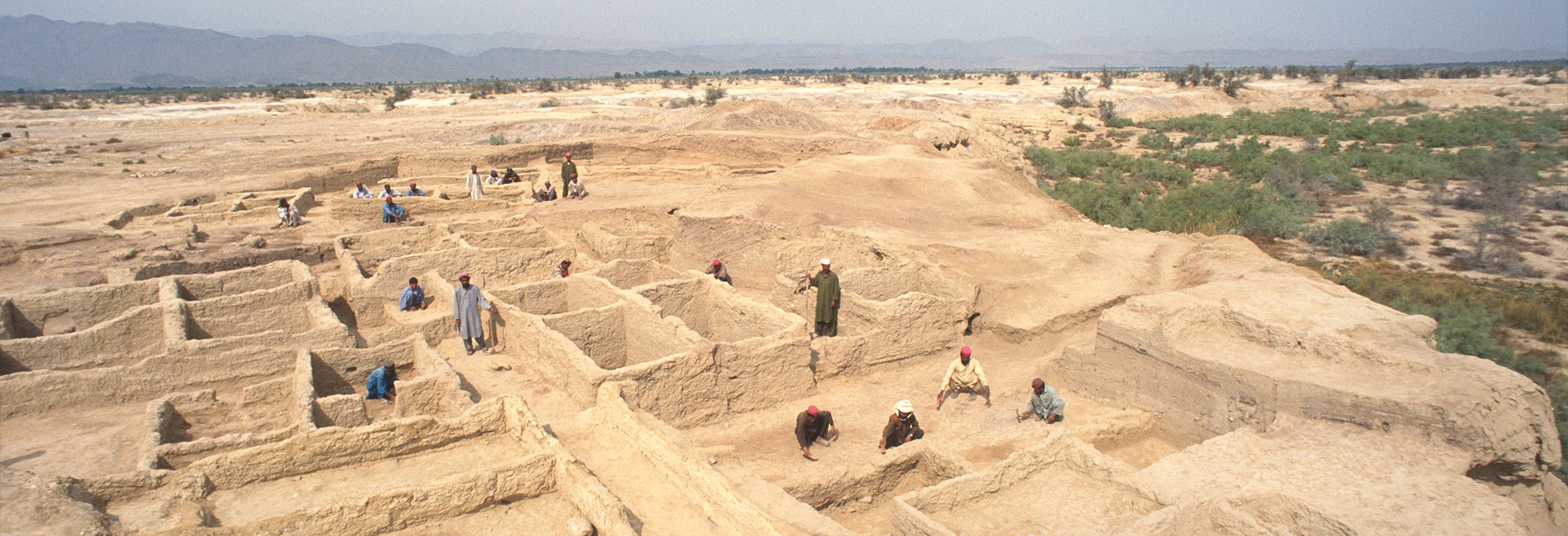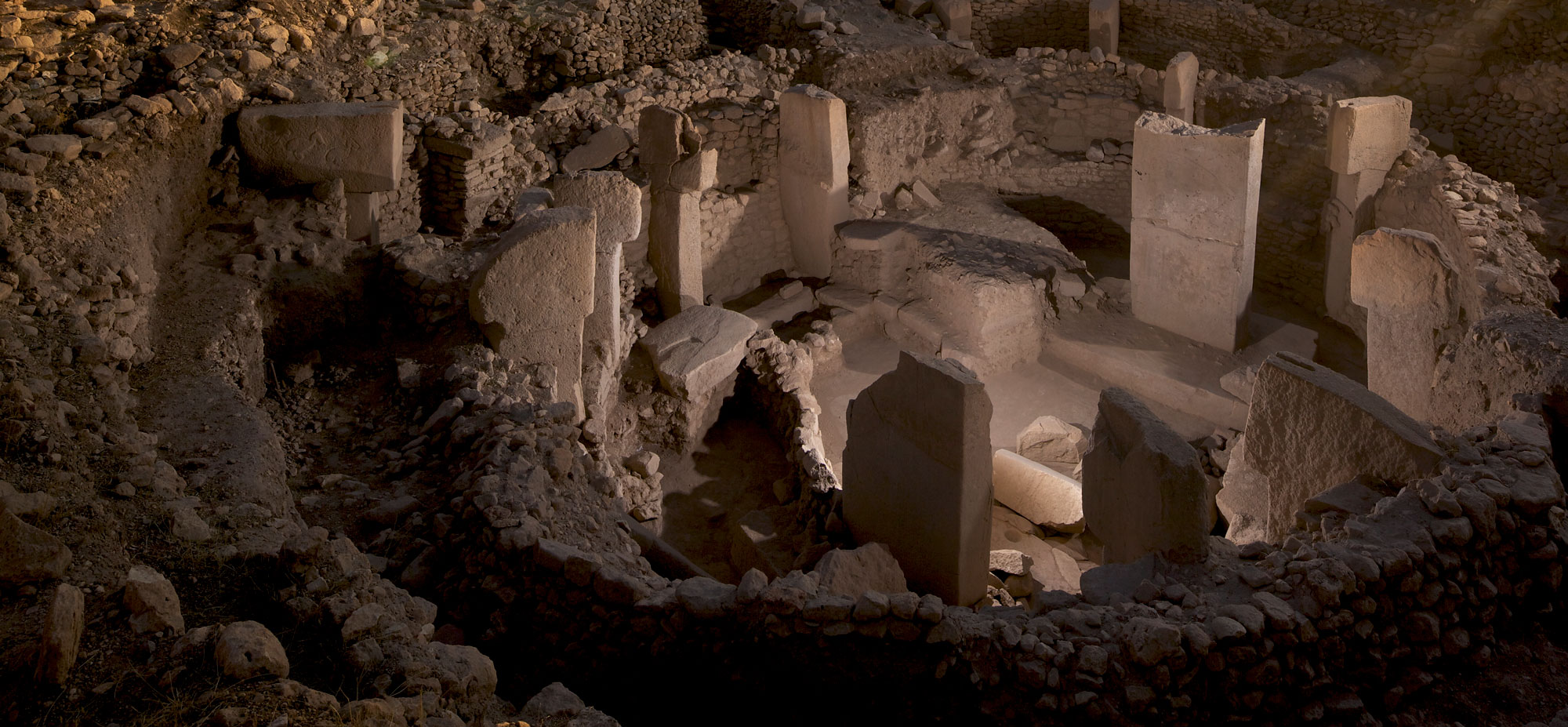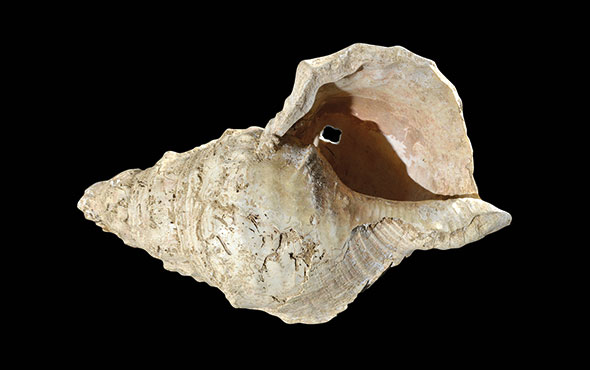
KYOTO, JAPAN—According to a statement released by Ritsumeikan University, analysis of sediments collected from Lake Suigetsu, which is located on Japan’s main island of Honshu, has allowed scientists led by Takeshi Nakagawa to reconstruct the area’s climate between 18,000 and 10,000 years ago. The study suggests that people based their subsistence strategies upon the stability of the climate, which alternated between stable and unstable periods at the end of the last Ice Age. Then some 14,000 years ago, as the warm climate stabilized, pollen fossils in the sediments indicate that people began to domesticate plants and rely upon agriculture as a food source. Stable climate, the researchers explained, is necessary to conduct the planning required for agriculture, such as choosing crops and times to plant them. When the climate was unpredictable, the researchers determined that hunting and gathering would have been a more reasonable subsistence strategy, allowing people to adapt to what was edible in their environment. To read about marine floods in Japan during the thirteenth century, go to "World Roundup: Japan."










